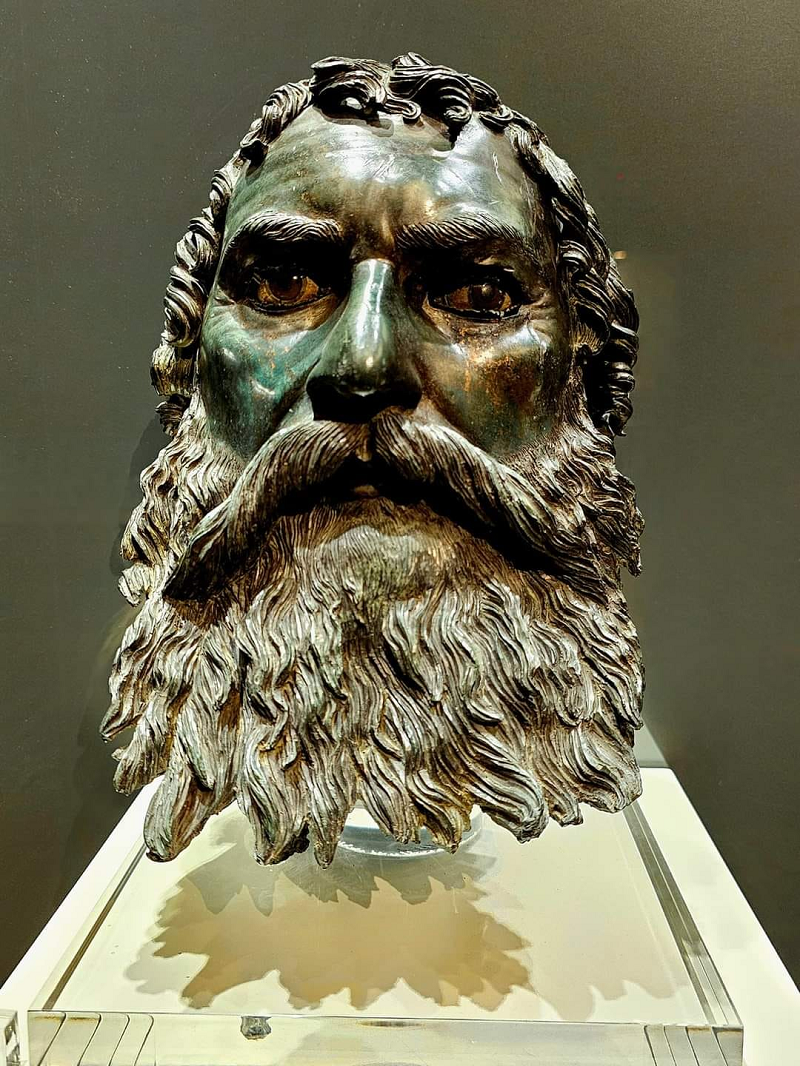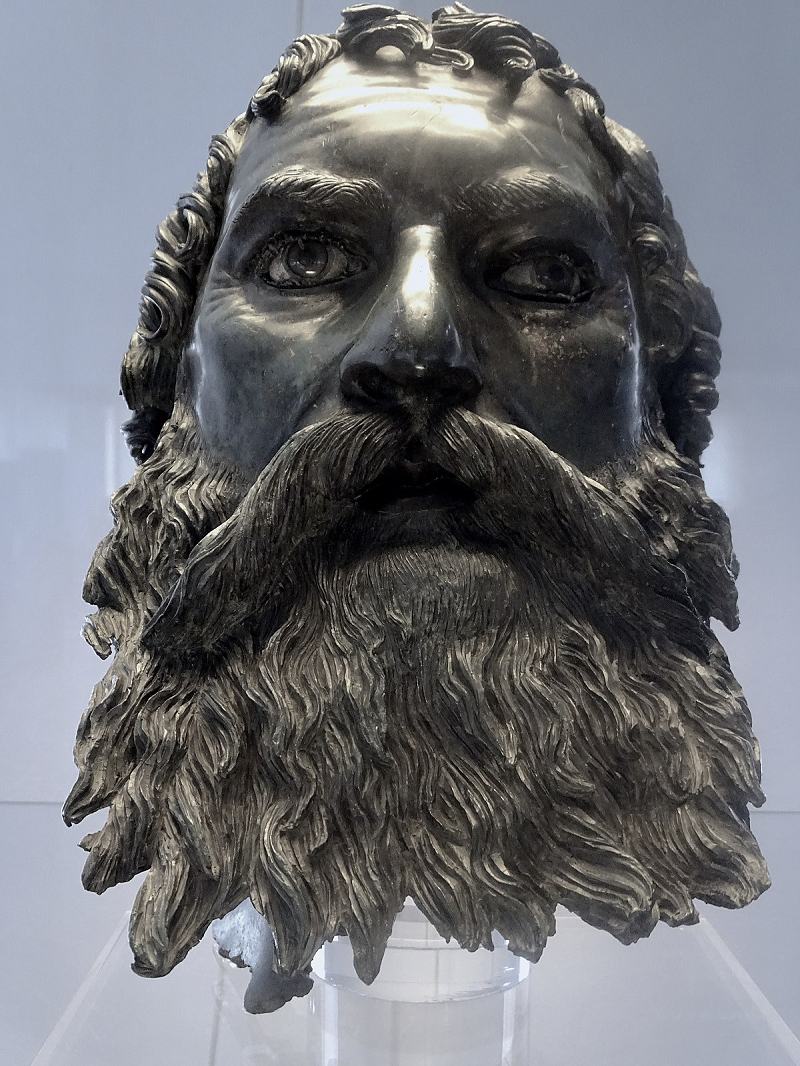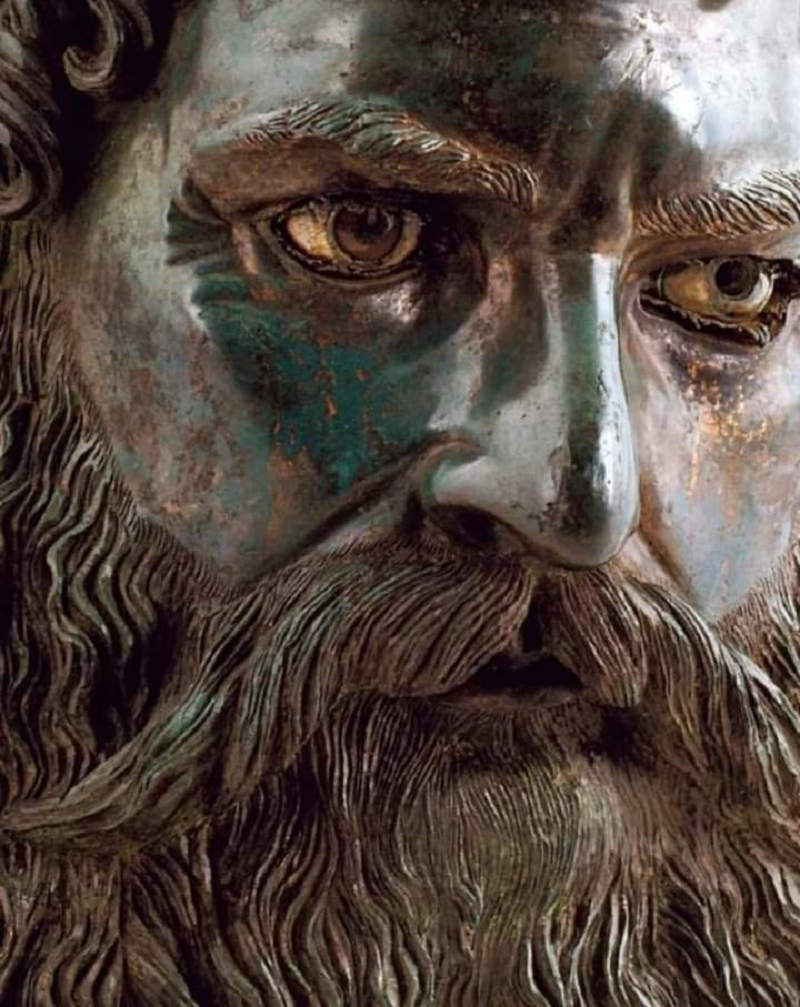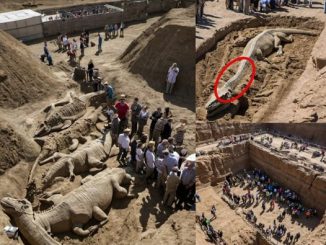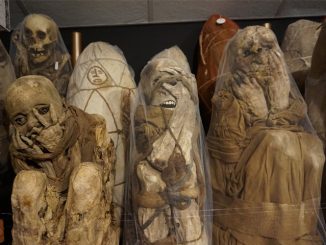Nestled within the verdant landscapes of Bulgaria lies a treasure trove of history waiting to be unearthed. In 2004, a remarkable discovery sent ripples through the world of archaeology: the bronze head of King Seuthes III, a formidable ruler of Odrysia, a region nestled within the heart of Thrace during the late 4th Century BC. This intricately crafted relic was uncovered at the king’s tomb in Golyamata Kosmatka, Bulgaria, offering a tantalizing glimpse into the opulent past of this ancient civilization. Join me on a journey as we delve into the significance of this find and unravel the mysteries of King Seuthes III’s legacy.
1. The Rich Tapestry of Thrace:
Before we embark on our exploration of King Seuthes III’s legacy, it is essential to understand the historical backdrop against which this remarkable figure flourished. Thrace, an ancient land steeped in myth and legend, occupied a strategic position between Europe and Asia, serving as a crossroads of civilizations. Its rugged terrain, punctuated by rolling hills and fertile valleys, fostered a diverse tapestry of cultures and peoples.
2. King Seuthes III: A Visionary Ruler
At the helm of Thrace during the late 4th Century BC stood King Seuthes III, a visionary leader whose reign left an indelible mark on the annals of history. Little is known about his early life, but his legacy endures through the remnants of his kingdom and the artifacts that bear witness to his grandeur. Seuthes III is believed to have ascended to power during a tumultuous period marked by shifting alliances and territorial disputes.
3. The Bronze Head: A Symbol of Majesty
The discovery of King Seuthes III’s bronze head at Golyamata Kosmatka in 2004 sent shockwaves through the archaeological community, shedding new light on the opulence and sophistication of Thracian civilization. Crafted with exquisite detail and unparalleled skill, the bronze head exemplifies the artistic prowess of the ancient Thracians. From the finely wrought features to the regal bearing, every aspect of the sculpture speaks to the majesty of its subject.
4. Unraveling the Mysteries of Golyamata Kosmatka
Golyamata Kosmatka, the site of King Seuthes III’s tomb, has become a focal point for archaeologists seeking to unravel the mysteries of Thrace’s ancient past. Excavations at the site have yielded a wealth of artifacts, ranging from pottery and weapons to intricately carved stone reliefs. Each discovery offers a tantalizing glimpse into the rituals, beliefs, and daily lives of the Thracian people, enriching our understanding of this enigmatic civilization.
5. Legacy and Impact
The bronze head of King Seuthes III serves as a poignant reminder of the enduring legacy of Thrace and its illustrious rulers. As we marvel at the craftsmanship and artistry of this ancient artifact, we are compelled to reflect on the rich tapestry of human history and the countless civilizations that have risen and fallen over the millennia. King Seuthes III may have passed into the annals of history, but his legacy lives on, immortalized in bronze and etched into the collective memory of humanity.
In the realm of archaeology, every discovery is a gateway to the past, offering us a glimpse into the lives of those who came before us. The bronze head of King Seuthes III stands as a testament to the ingenuity, creativity, and resilience of the ancient Thracian civilization. As we continue to unearth the treasures of Golyamata Kosmatka and other sites scattered across Bulgaria and beyond, we inch closer to unraveling the mysteries of our shared human heritage. Let us embrace the opportunity to delve into the past, to learn from those who came before us, and to ensure that their stories are preserved for generations to come.
